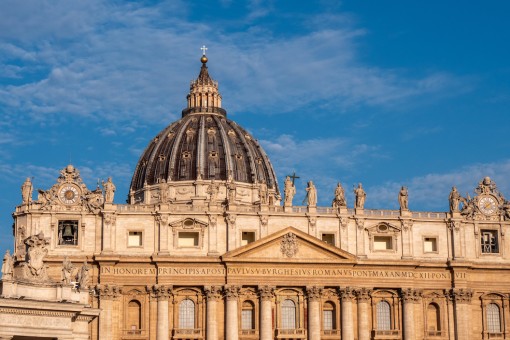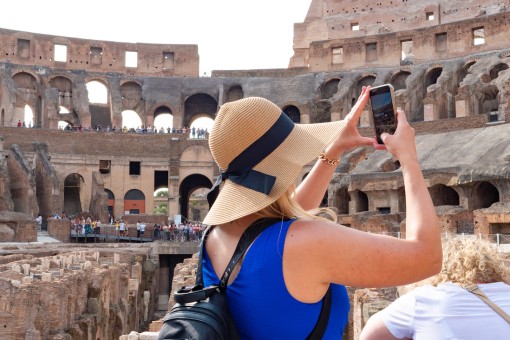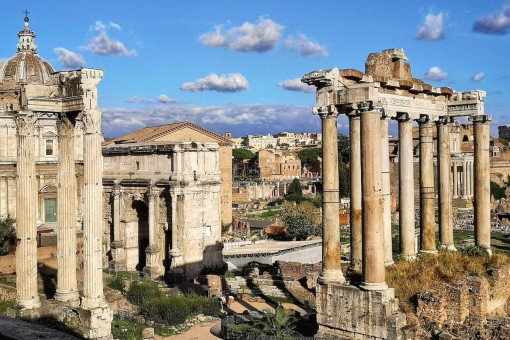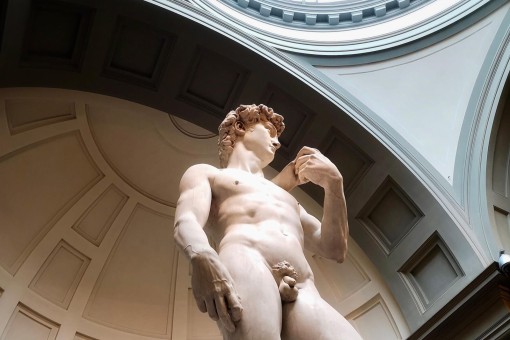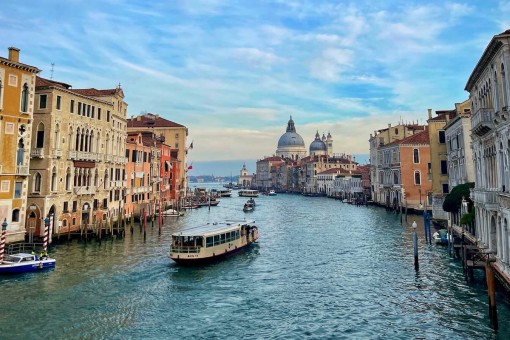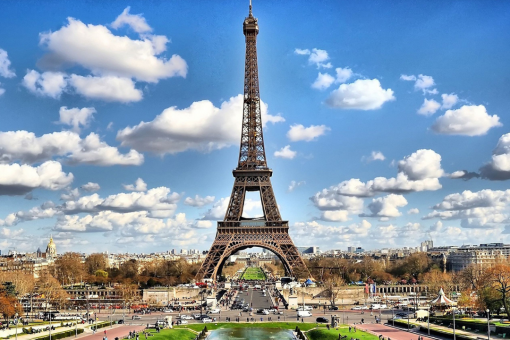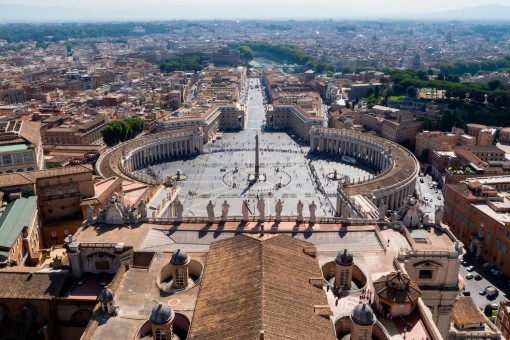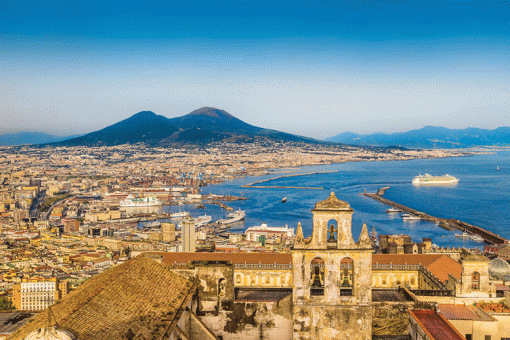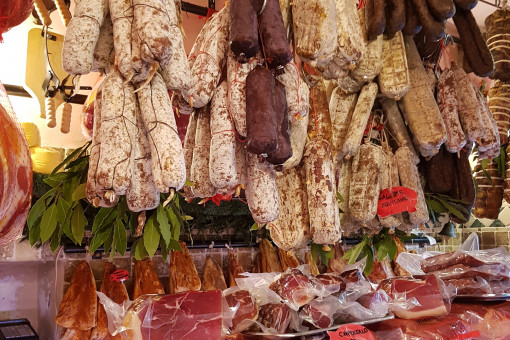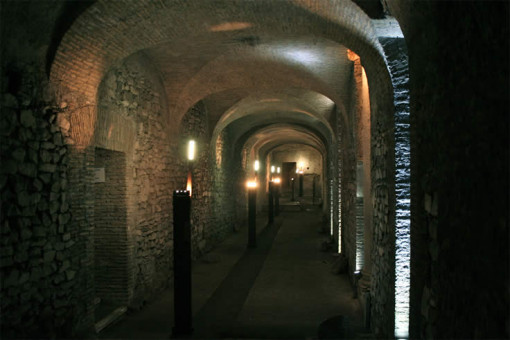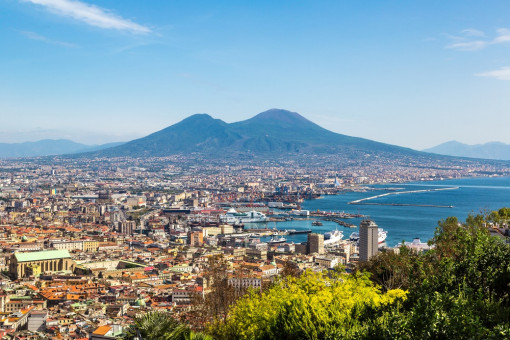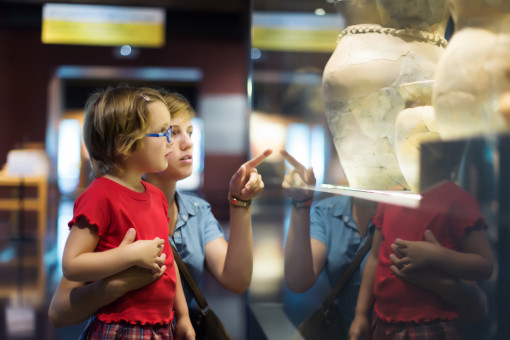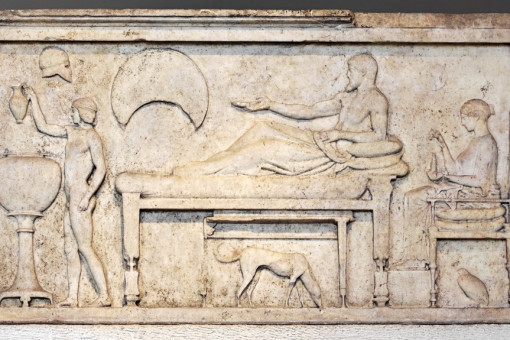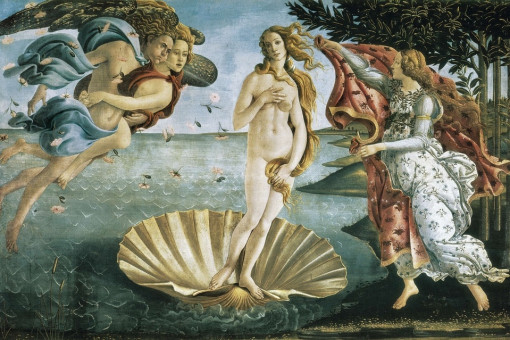Blog Posts & Travel Tips
Read and discover secrets and wonders of our destinations from the point of view of writers and professional guides who have lived there for years as true locals. Share their great passion for Rome, Barcelona, Paris, London, Istanbul and many other cities. A great chance to find out about subjects and sights which may not only interest but even surprise you.
Time to Discover Our Destinations
Find your sites, get into the loop of exploring another world and pack your bags. Fulfill your dreams.
